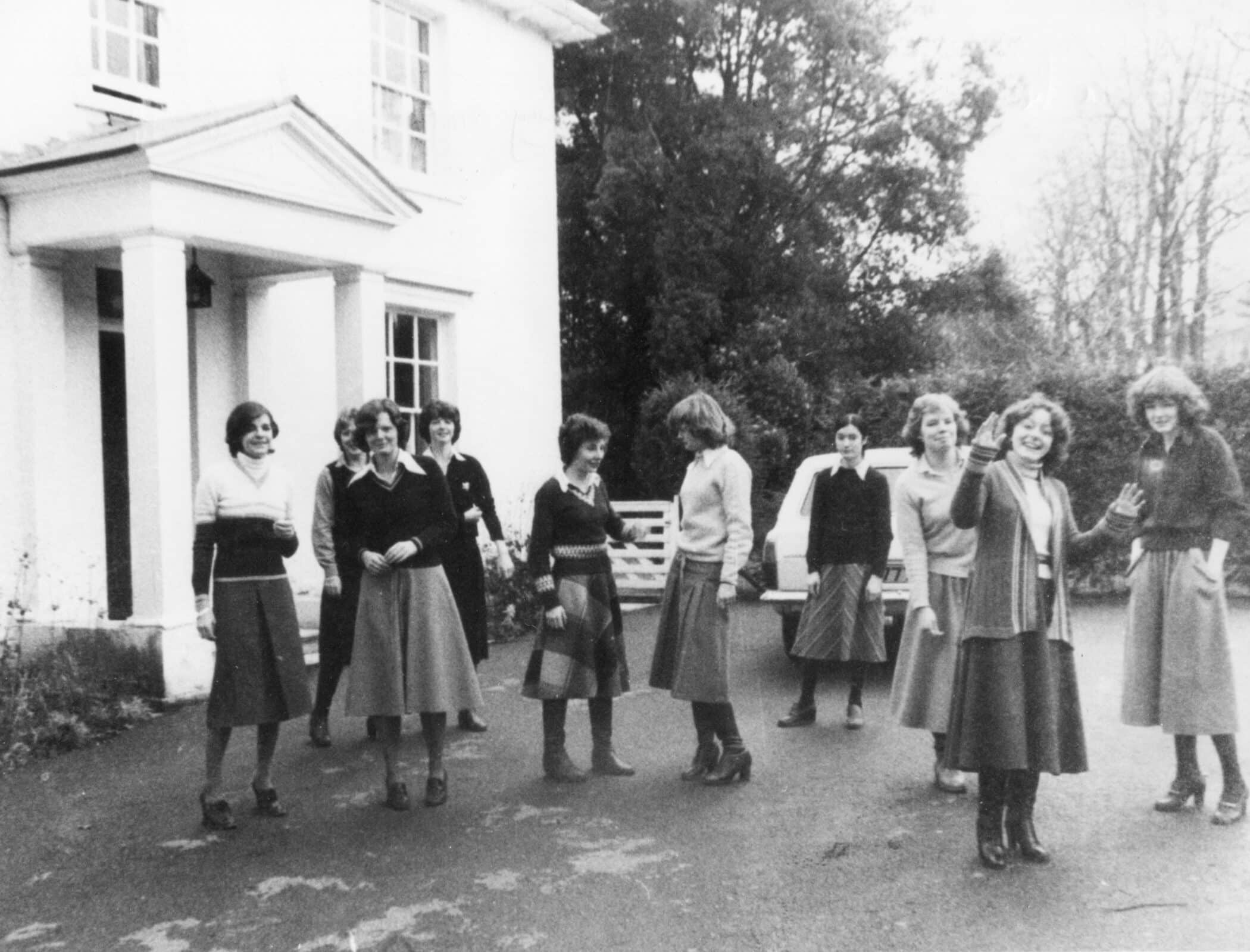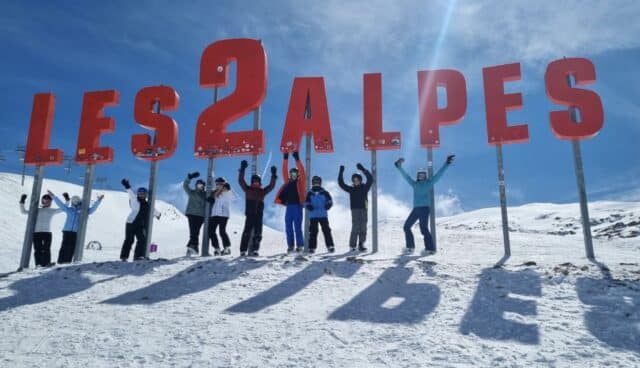Though two female students had attended Epsom College in 1971 to study Sixth Form subjects, the formal foundation of White House came in 1976 as Epsom College became officially ‘co-ed’ for the first time, albeit only in the Sixth Form.
In 1975, Headmaster Mr Rowe presented a memorandum to the Epsom College Council advocating for the admission of girls at Sixth Form level. He wrote, “Girls exert a civilising influence out of all proportion to their numbers, softening the uncouthness of teenage boys, and by their presence raising the level of behaviour and of manners.” His proposal met with immediate approval.
He expressed the same enthusiasm in the 1976 OE Newsletter: “But the most significant change must be the advent of 16 girls as full members of the Sixth Form. Their presence will add a new dimension and fresh interests to our life and is widely welcomed at the College. The local press may dub the plan as the storming of a male bastion, but we regard it as a sane innovation proved at other schools and likely to enrich and diversify the quality of life for everyone.”
In 1976, nine girl boarders and seven day girls were admitted. They were housed in Longdown Cottage, 103 College Road. The building, recently vacated by departing staff, was the obvious choice — somewhat separate from the boys’ houses and ready to be transformed into the College’s first girls’ house. Its white exterior inspired the name: The White House. Over time, perhaps to avoid confusion with another prominent institution, or simply due to linguistic evolution, this became just White House.
Uniformity in the 1980s
Interestingly, Headmaster Rowe initially suggested that the girls would not require a school uniform. As a result, early House photographs show a lack of uniformity. Girls were expected to wear a collar, a modest-length skirt, and tights — but colour and pattern were allowed. Uniforms were eventually standardised and introduced during the 1980s.
The success of co-education at Epsom College meant that by 1980, White House — now with a full complement of Sixth Form girls — moved onto the main campus, occupying two houses in The Terrace. These buildings had originally been constructed for the Pensioners.
Dr John Propert founded the College with the aim of providing benevolent support to elderly doctors and their widows facing financial hardship, alongside educating the sons of medical men who had fallen on hard times. The Terrace, which today houses Crawfurd and White, was originally built to provide the Pensioners with individual apartments and shared facilities such as kitchens and laundry rooms.
At the end of The Terrace sits the Albert Memorial Wing, completed in 1863 to accommodate additional Pensioners. By 1896, it had become The Bursary. The ground floor was occupied by the Bursar and Assistant Bursar in their professional roles, with their residential quarters located above. Queen Victoria gave her consent for the building’s name in honour of her late husband, Prince Albert.
By 1910, the College needed room to expand. It was decided that residential accommodation for the Pensioners was no longer essential, and that they might prefer to receive support in their own homes or chosen locations. The buildings were converted into staff accommodation, and the Bursary continued to function in its administrative role until the 1980s, when further development took place to accommodate White House. This included infilling the space between the two buildings.
The Expansion of White
In 2018, White House expanded to include younger girls, becoming a day house for students aged 13-18, while still retaining Sixth Form boarding. The former Pensioners’ apartments adapted well into studies and bedrooms for the girls, many of which still retain original architectural details.
The pioneering first White House girls spearheaded the success of co-education at Epsom College, paving the way for the admission of girls from age 13 in 1996, and later, the full integration of co-education with the introduction of the Lower School at age 11.
The House report written for The Epsomian in 1977 — the first year of a full White House — captures the spirit of those early years with playful pride, highlighting the girls’ achievements across all areas of school life. It ends with a wry challenge to the school, referencing Headmaster Rowe’s words: “Do you feel civilised?”
From the outset, the girls were not just present — they were making their mark. And White House hasn’t stopped making its mark since.
1982 White House Cricket
1999 Prospectus shots of White House
1990s White House Unison at Choral Competiton
1990s White House Girls
1980 White House Girls
1977 Second Girls
1977 First Full White House
1976-7 Epsom College’s First Girls
1912 Masters’ Houses
1891 Albert Memorial Wing
1863 College from College Road
There was a Pensioner’s flat on each side of each staircase in the ‘Asylum’, or Terrace
A Pensioner’s bedroom
1999 Prospectus Shots of White House





